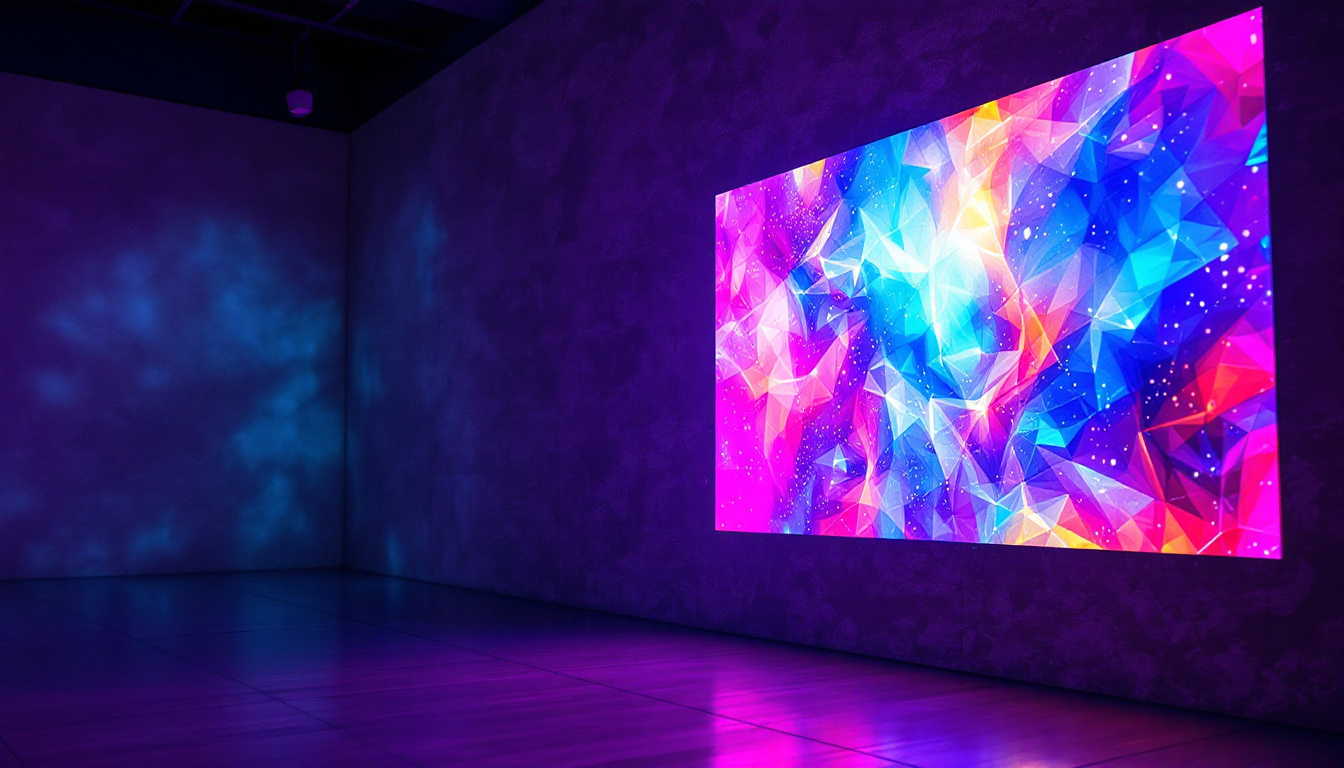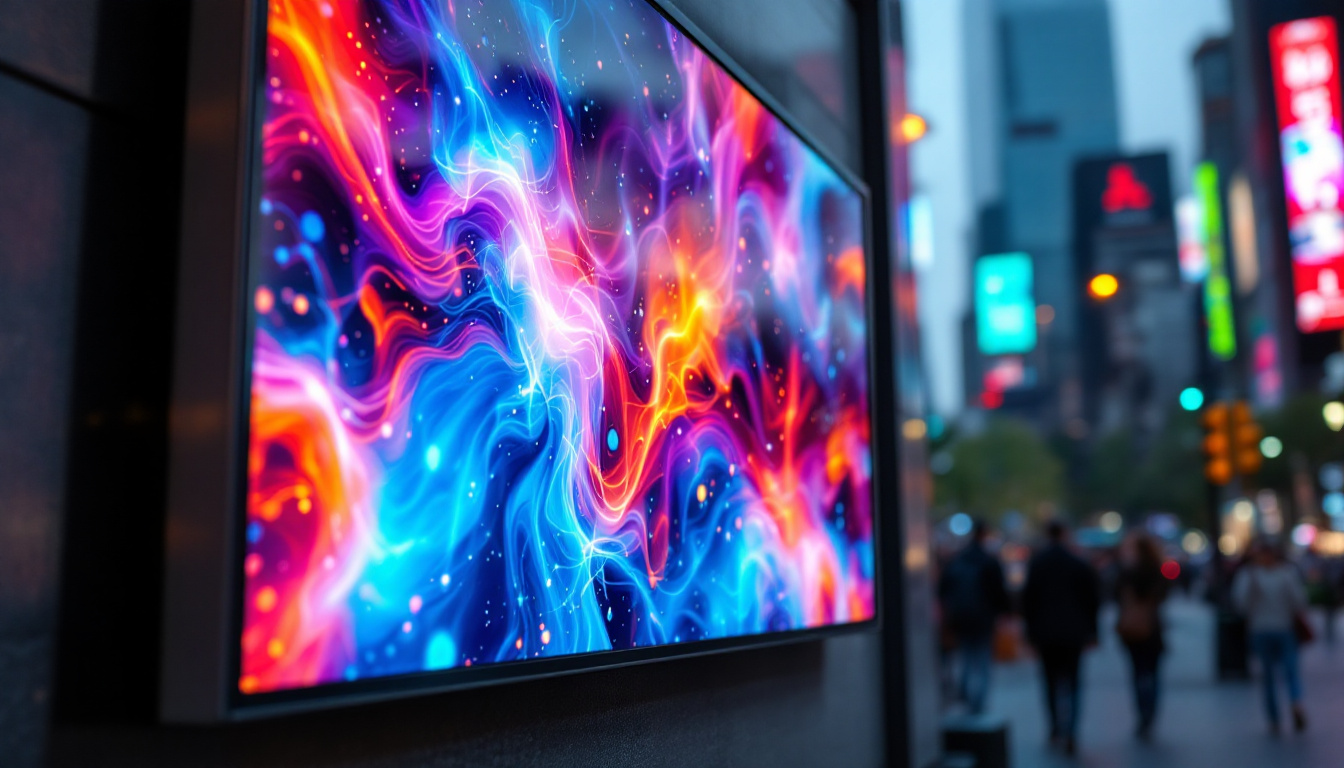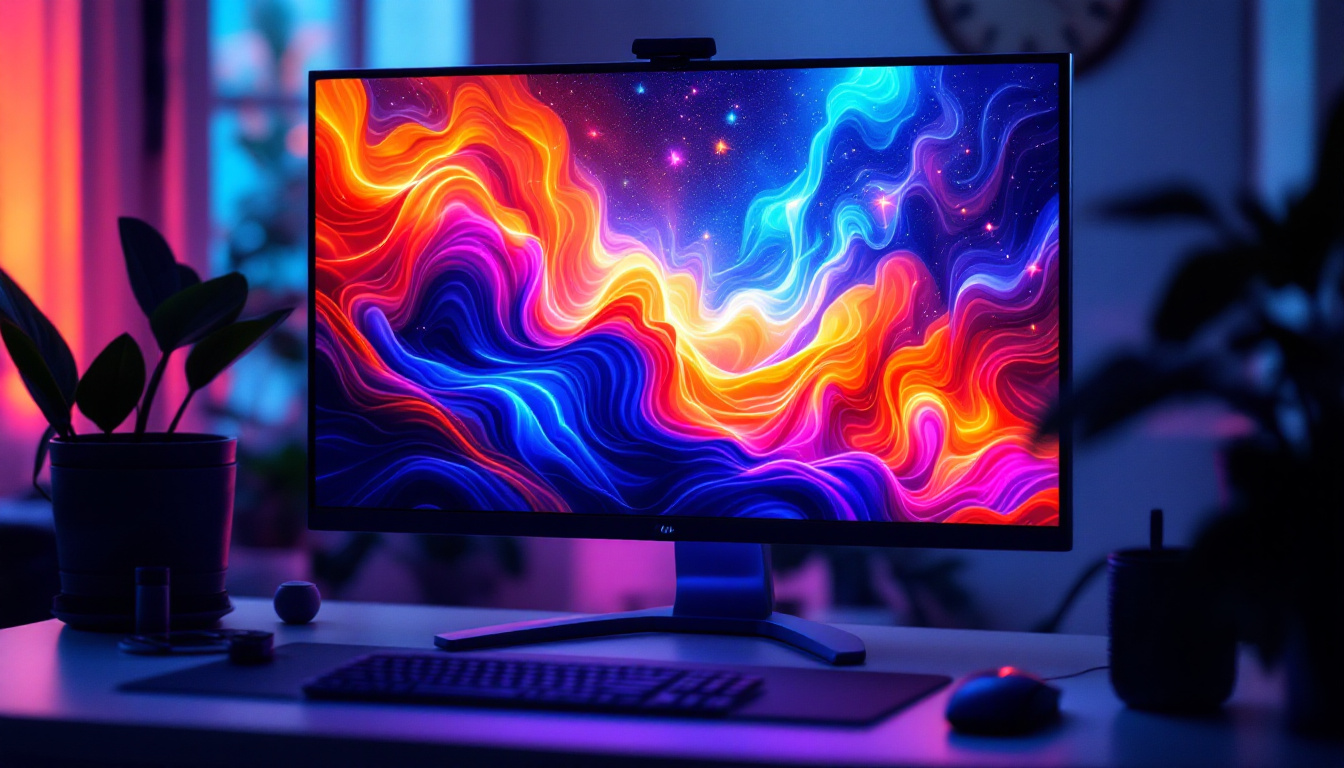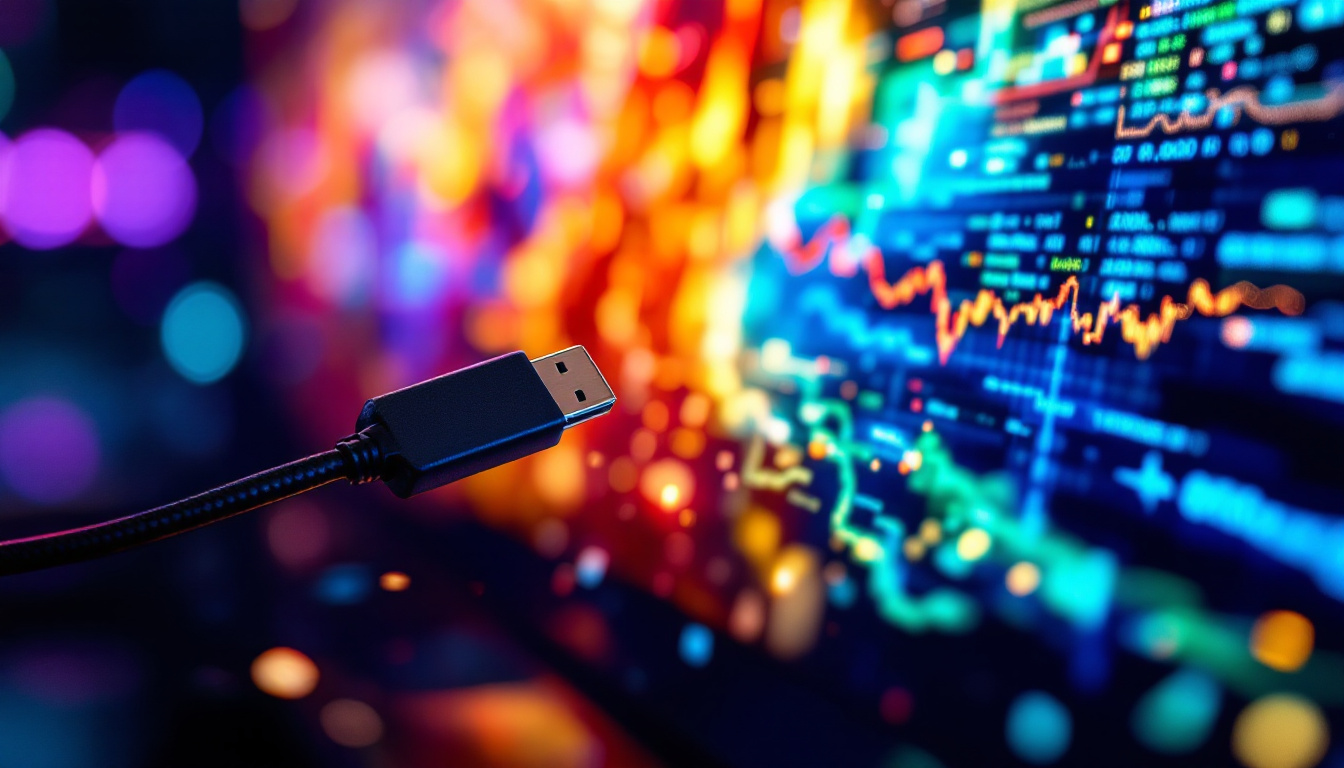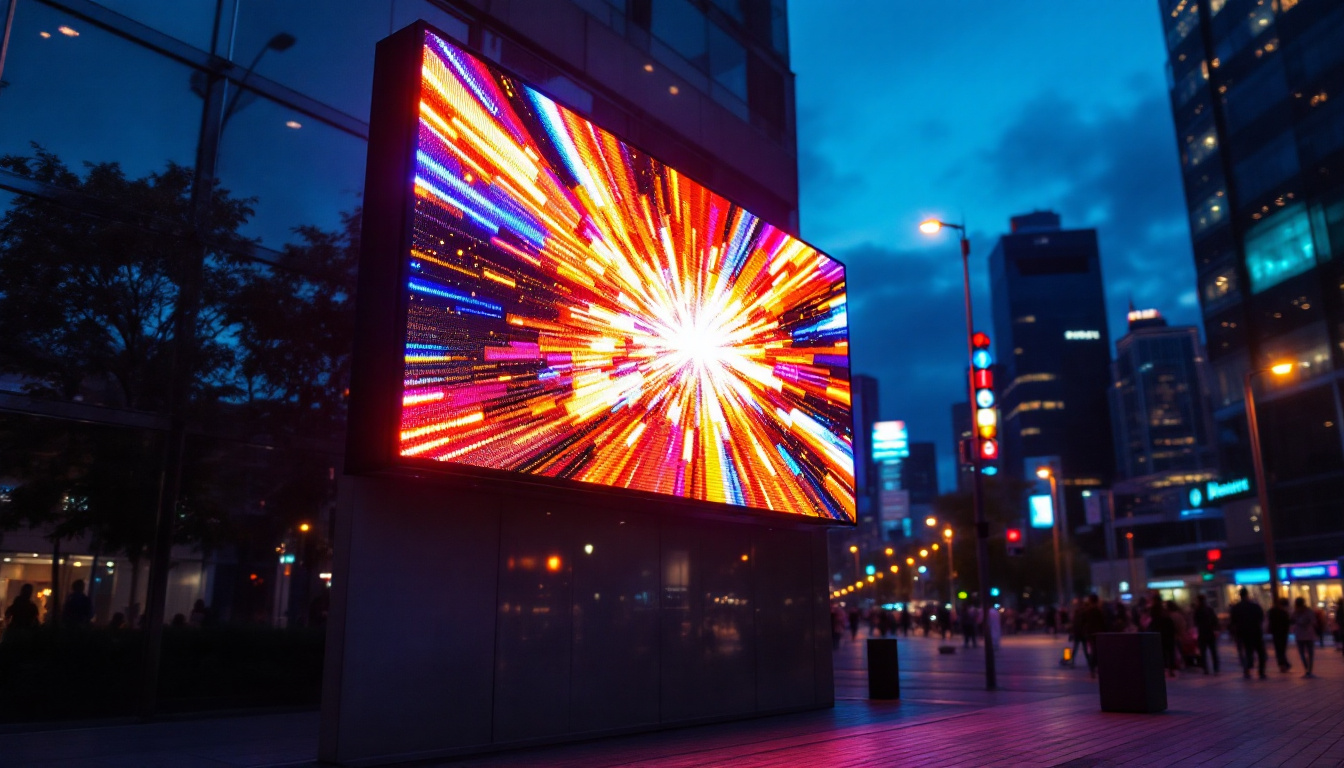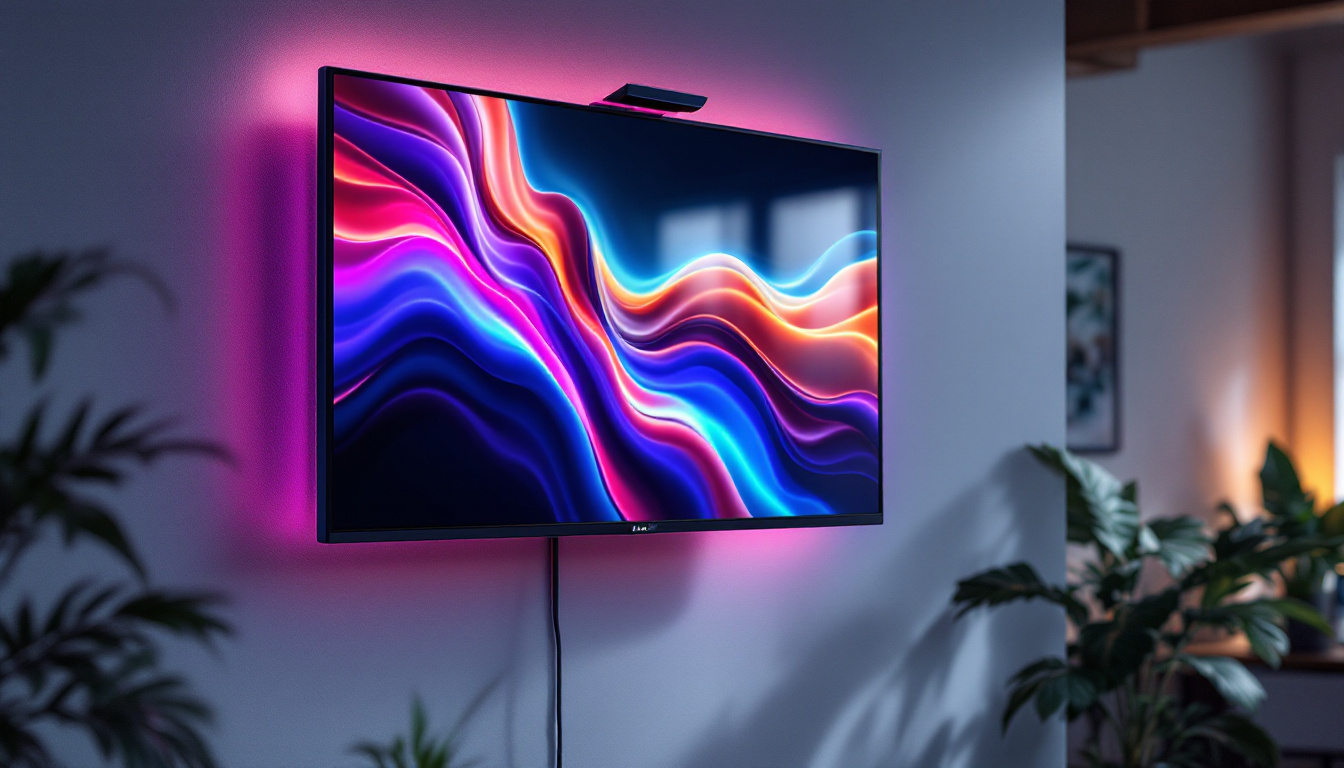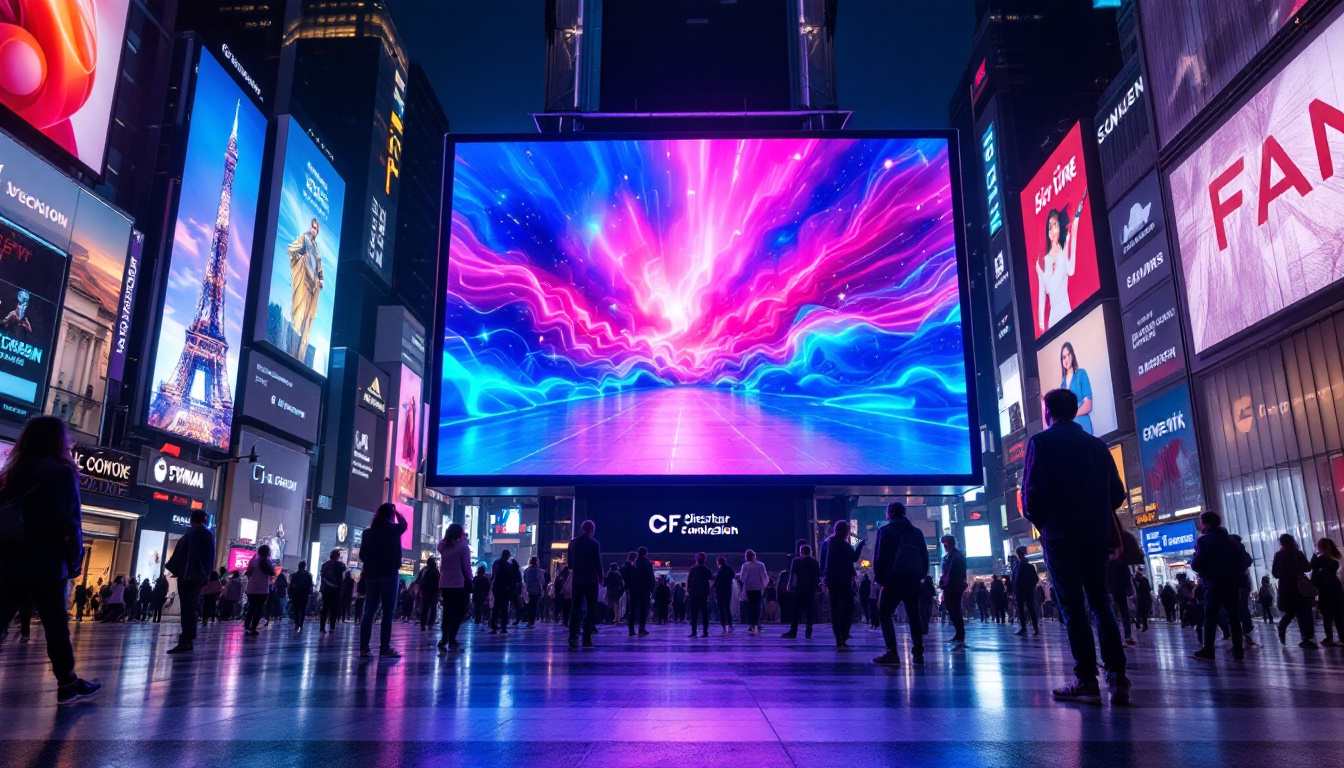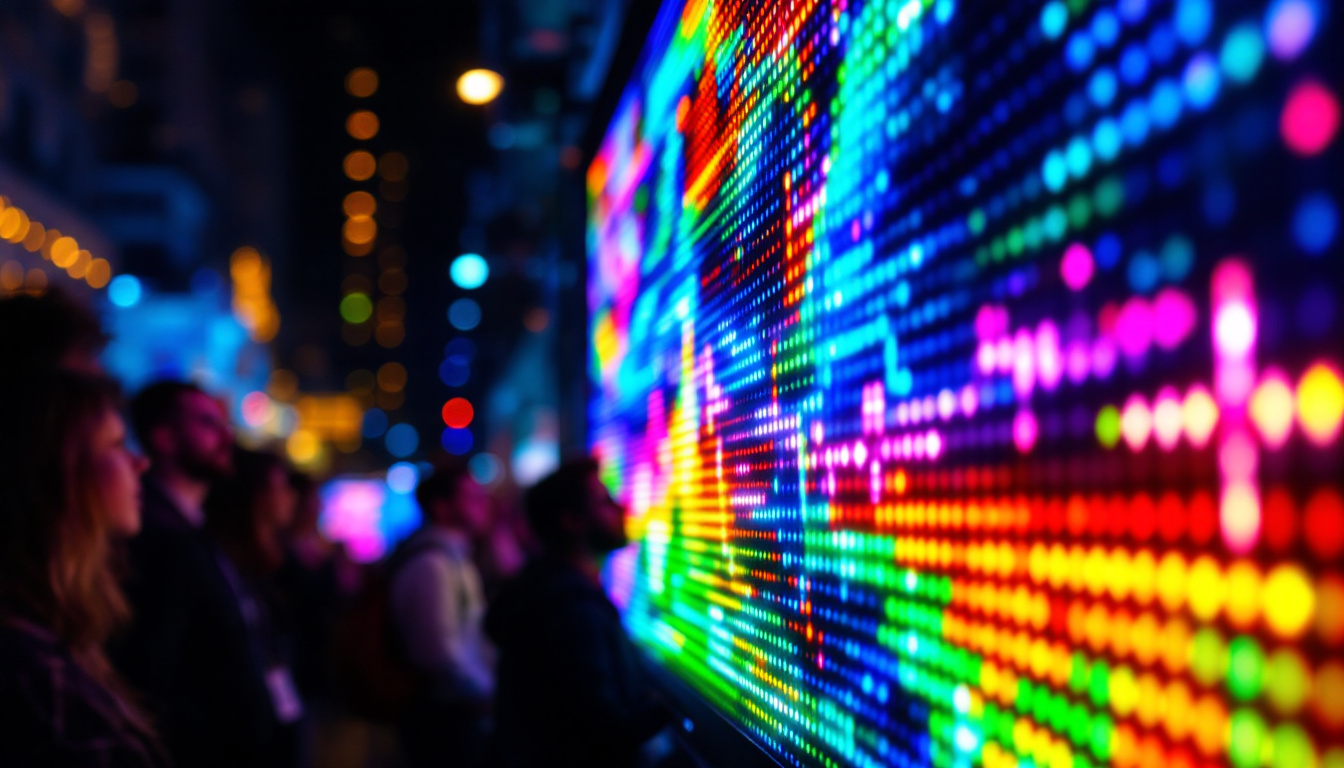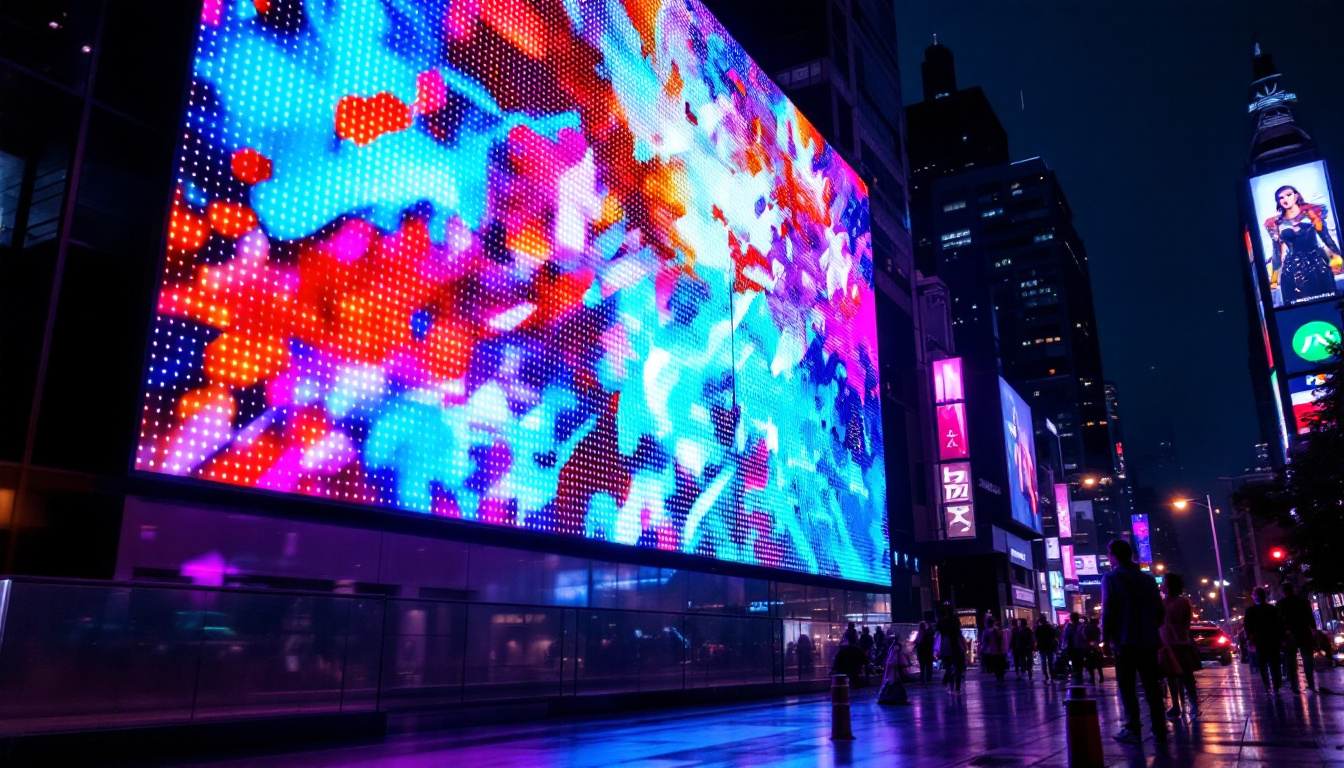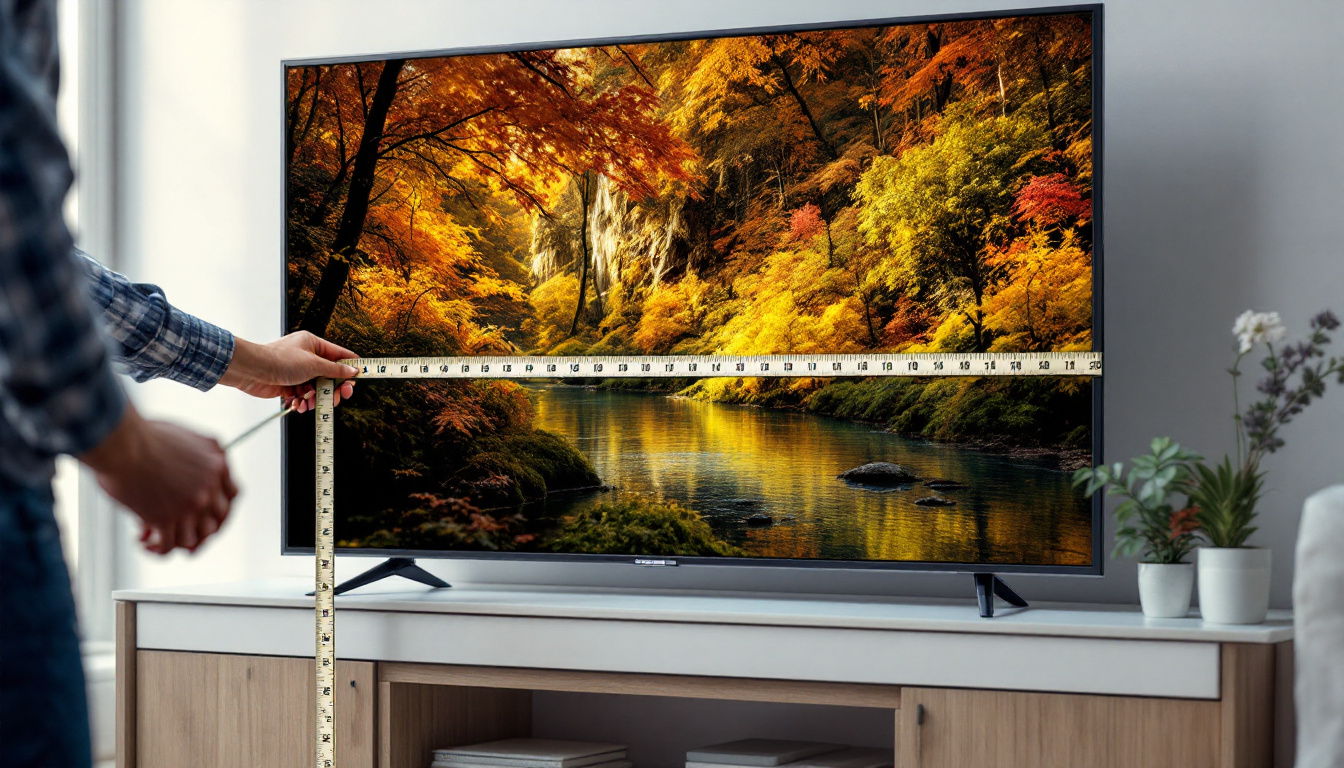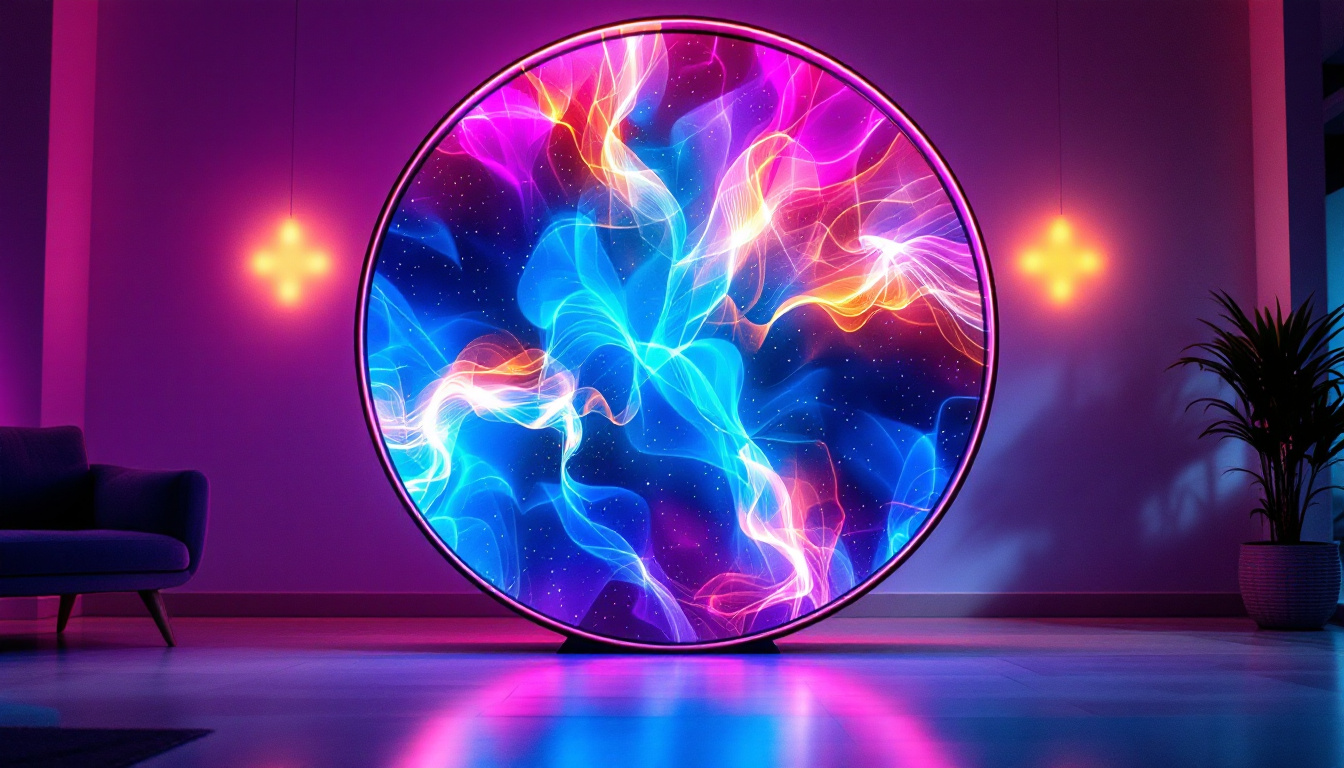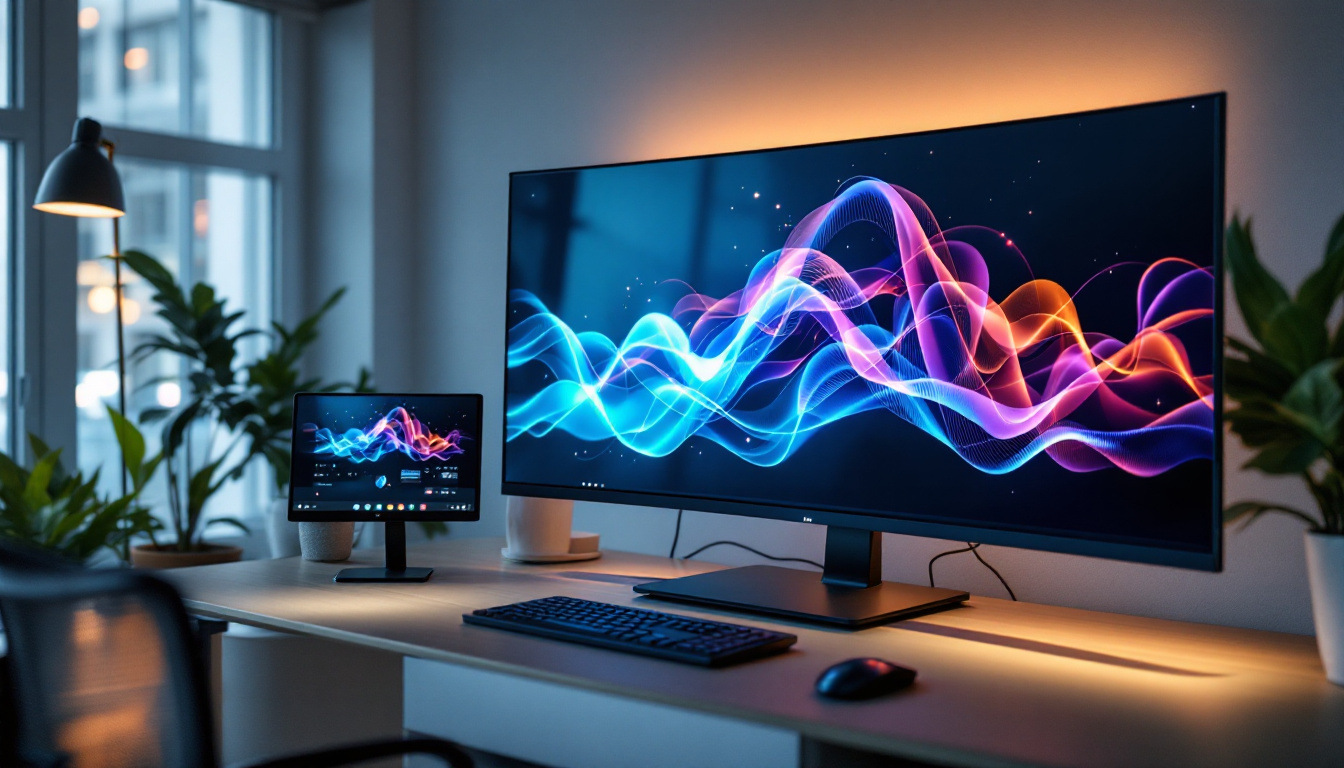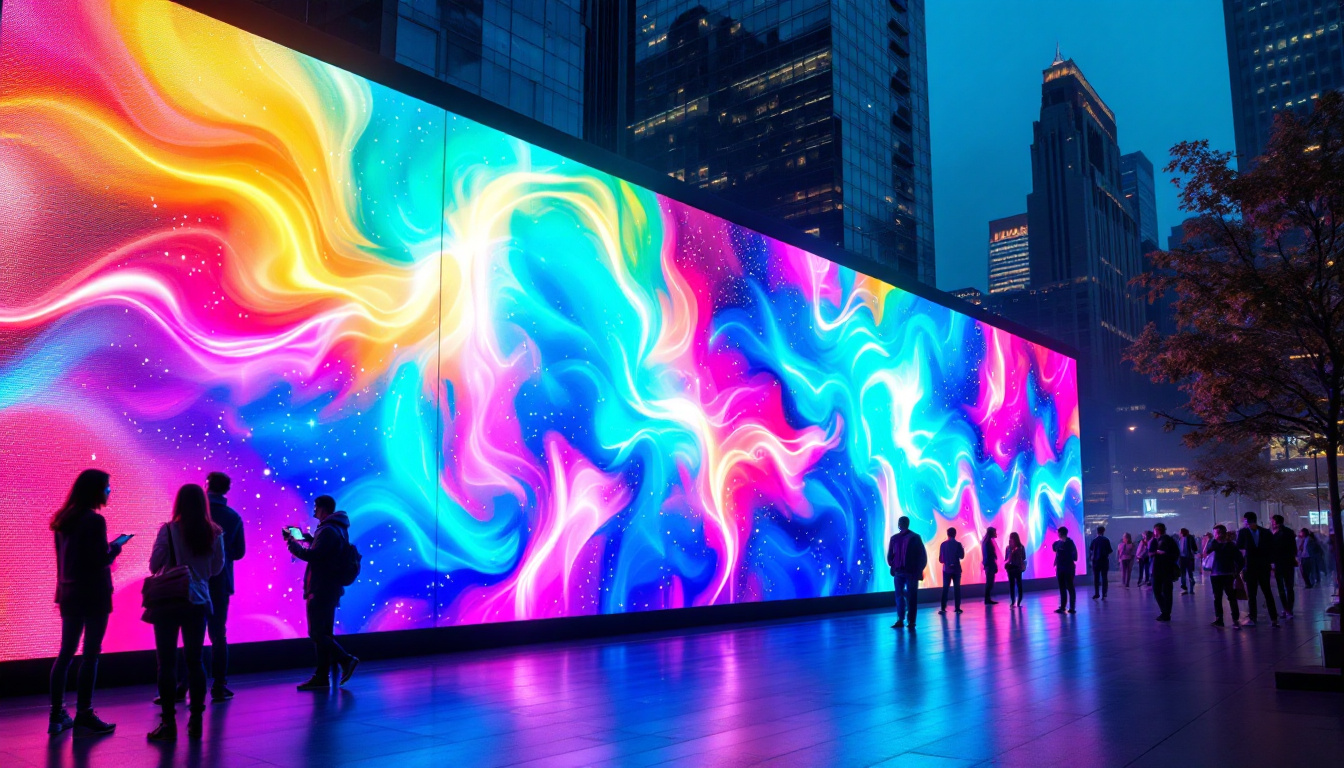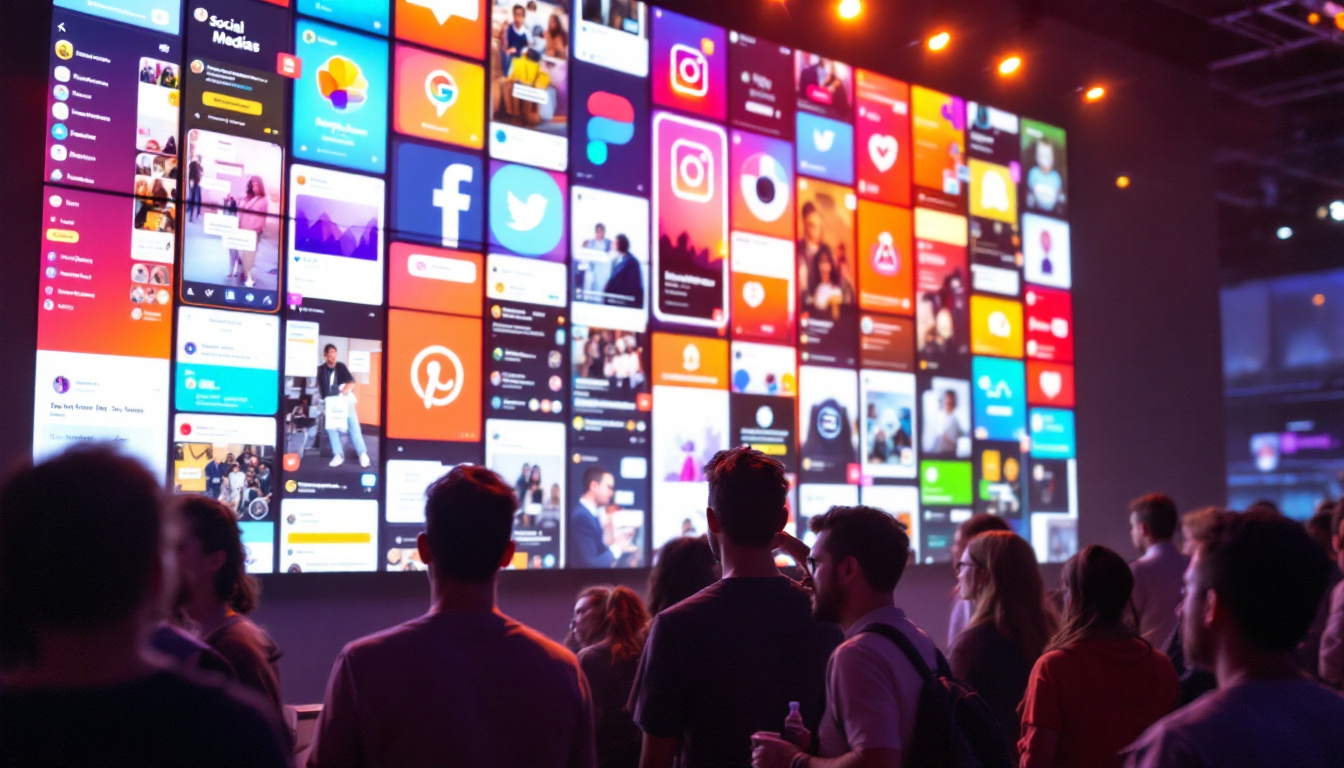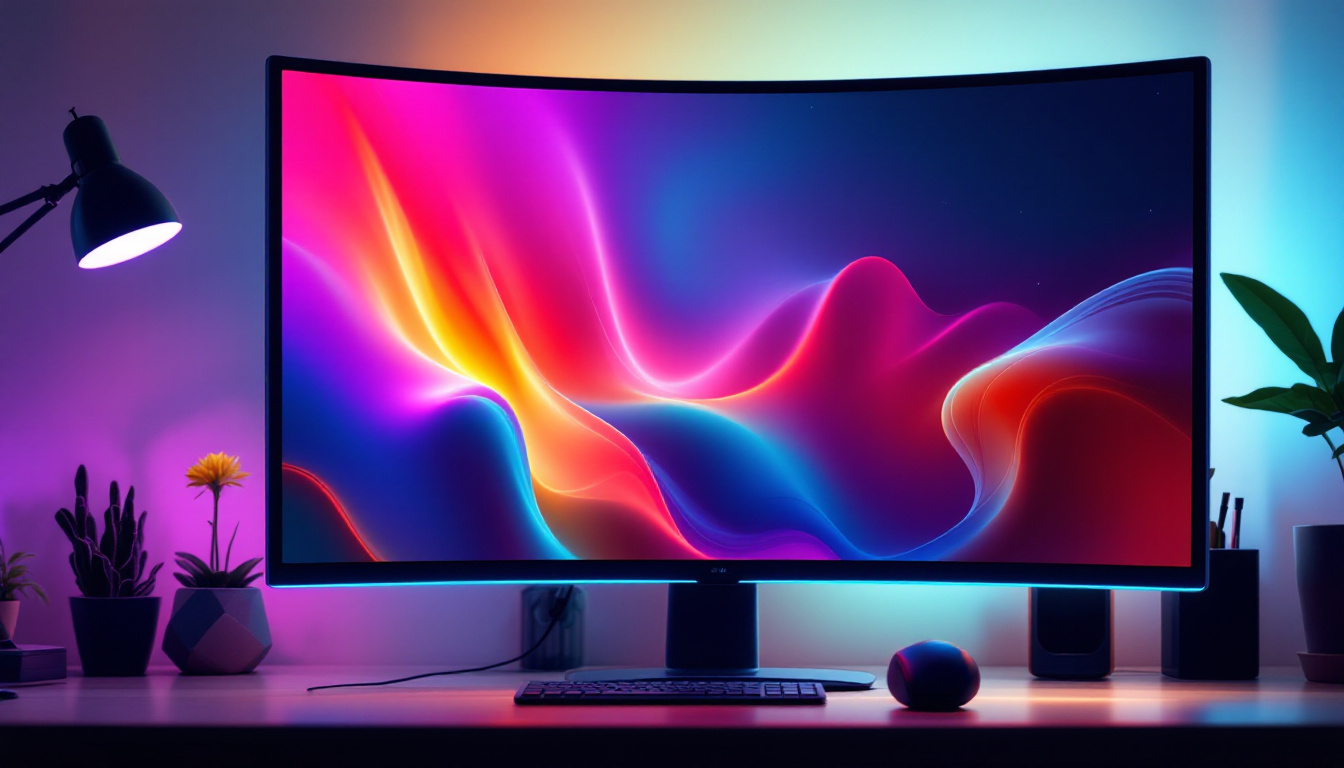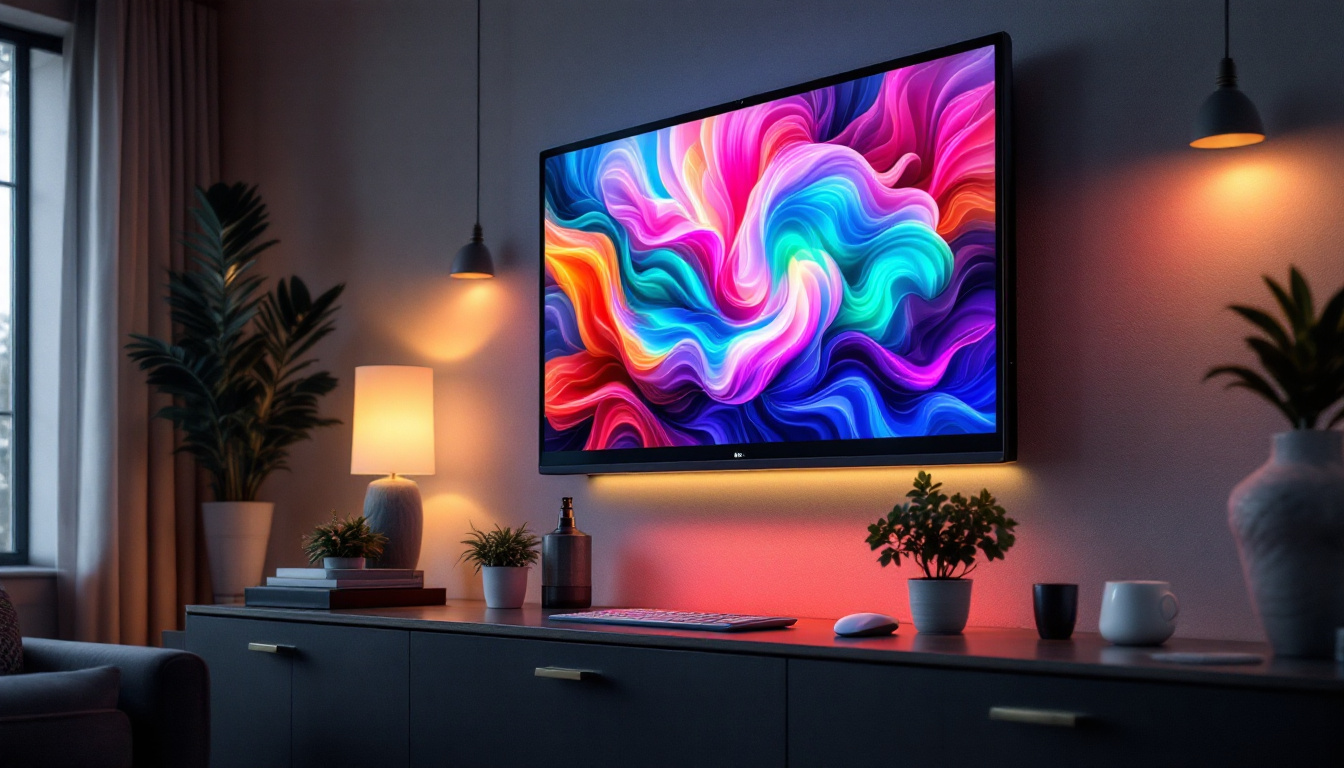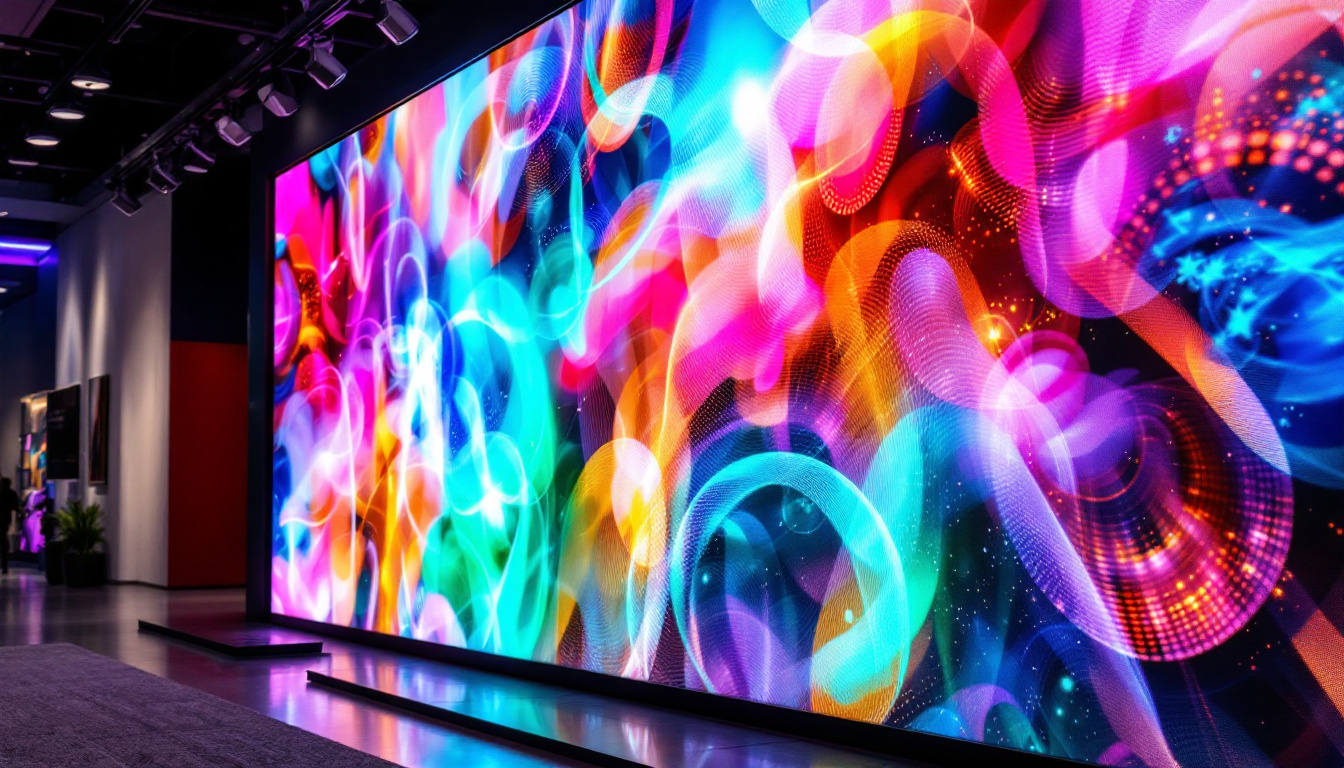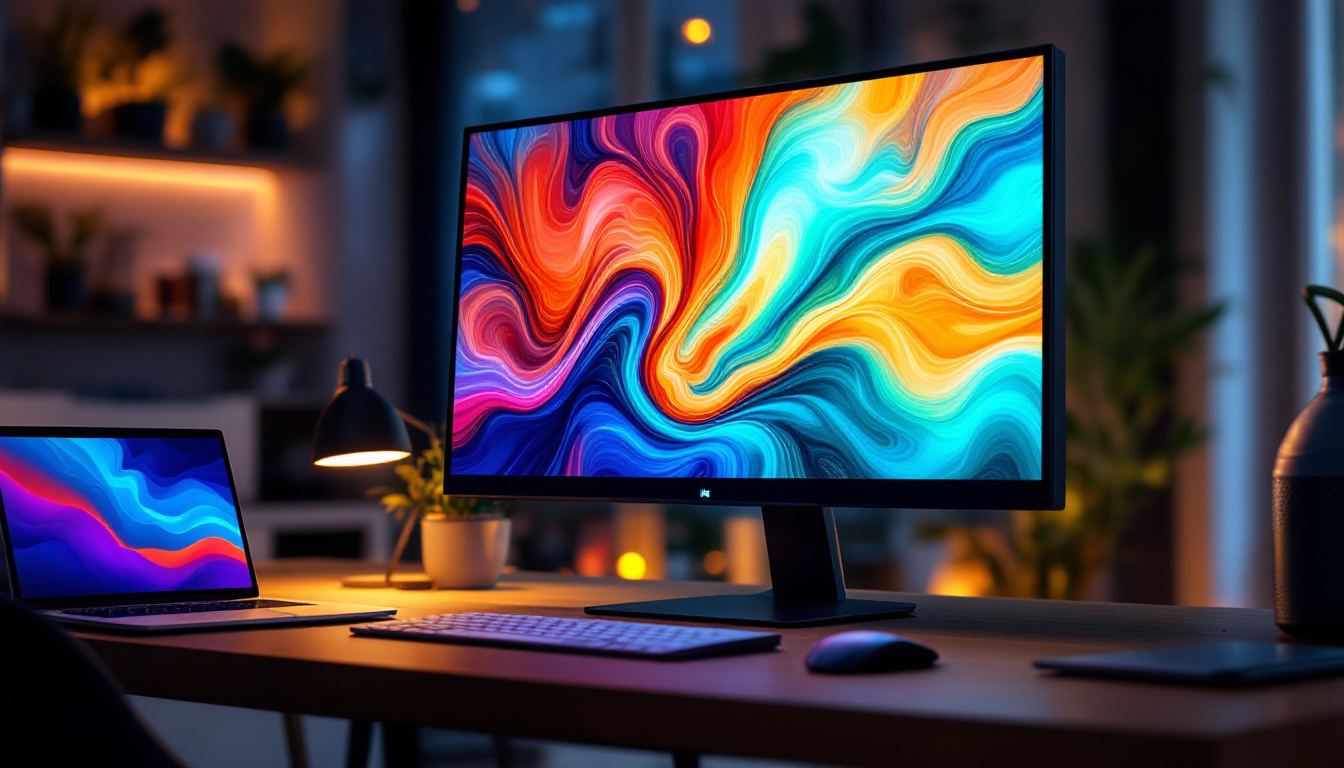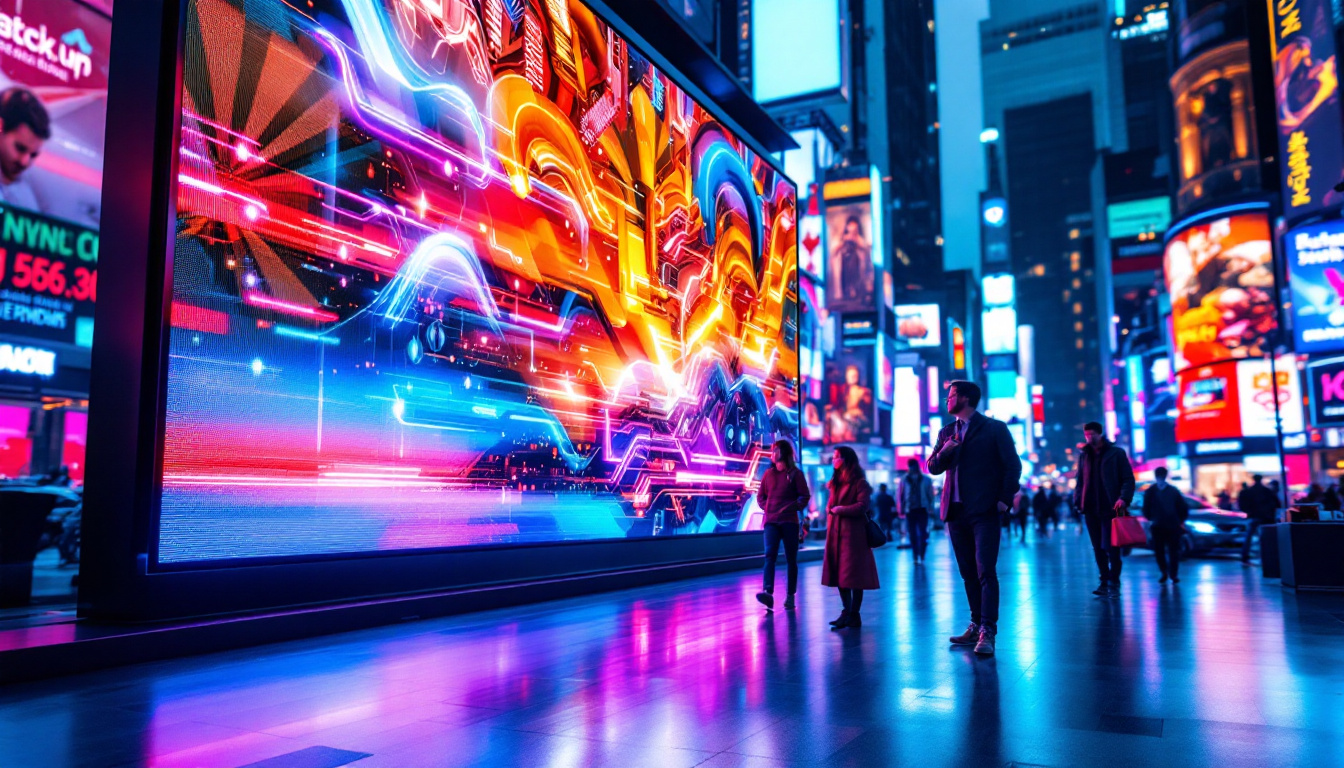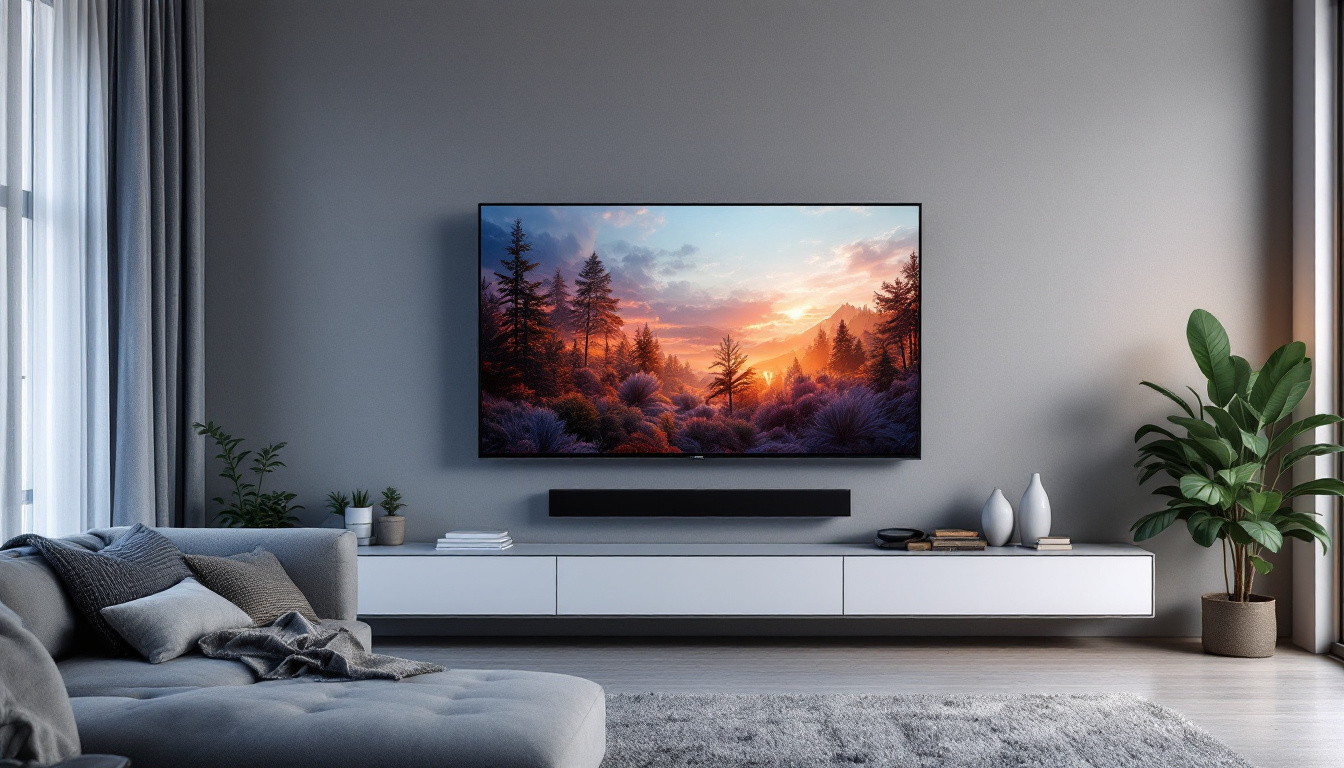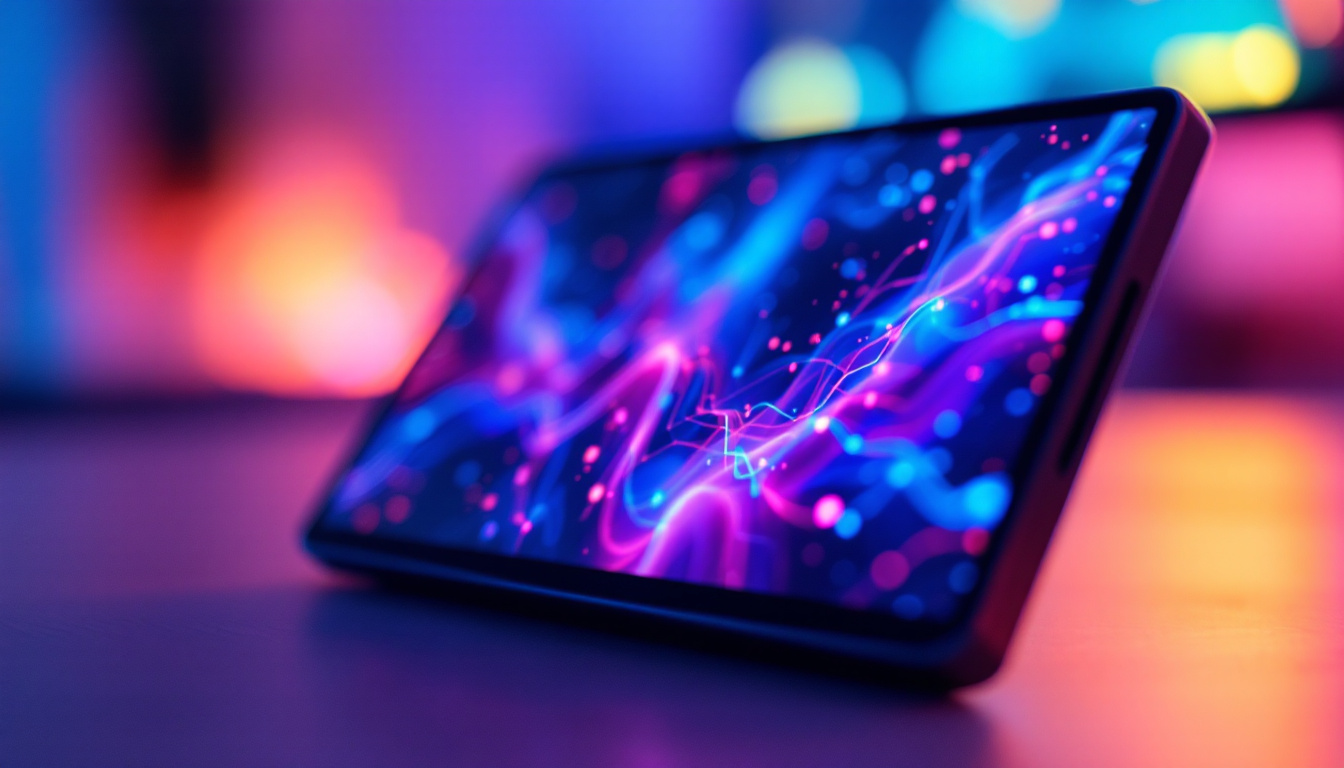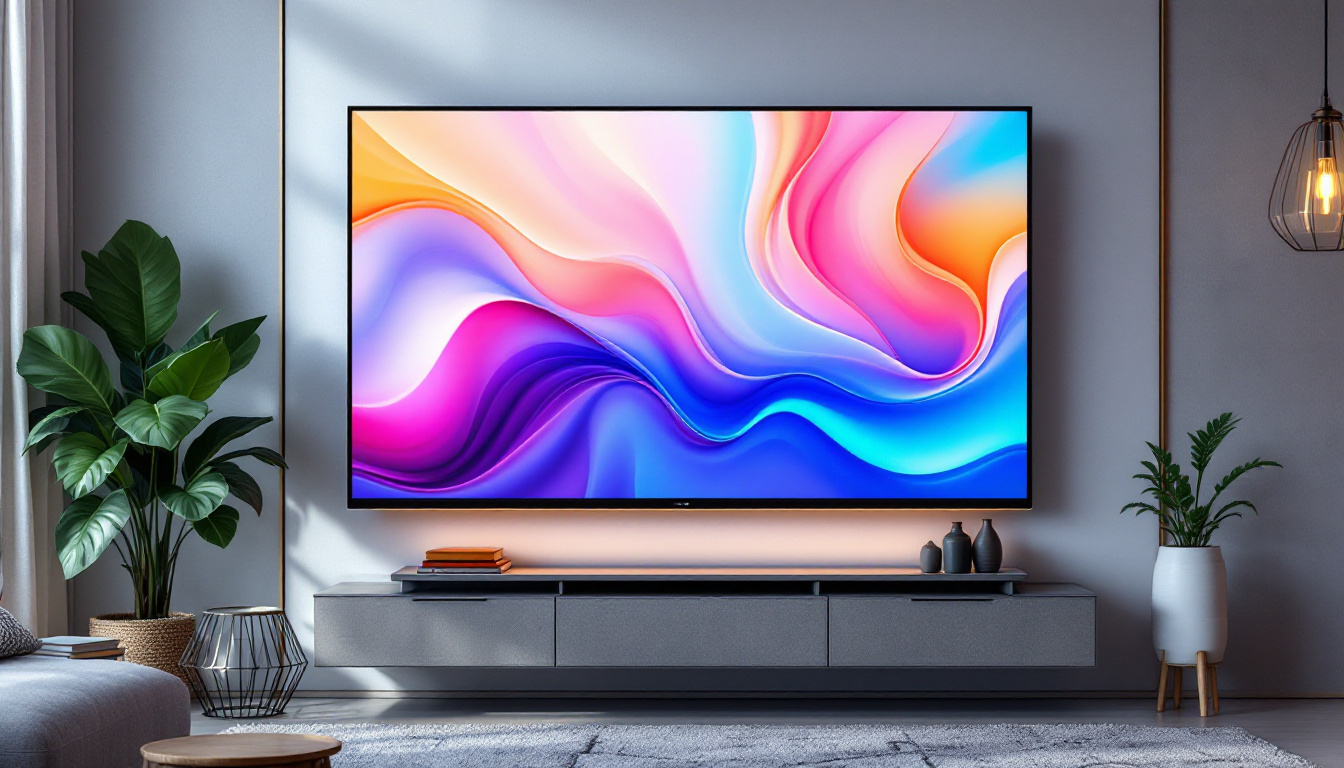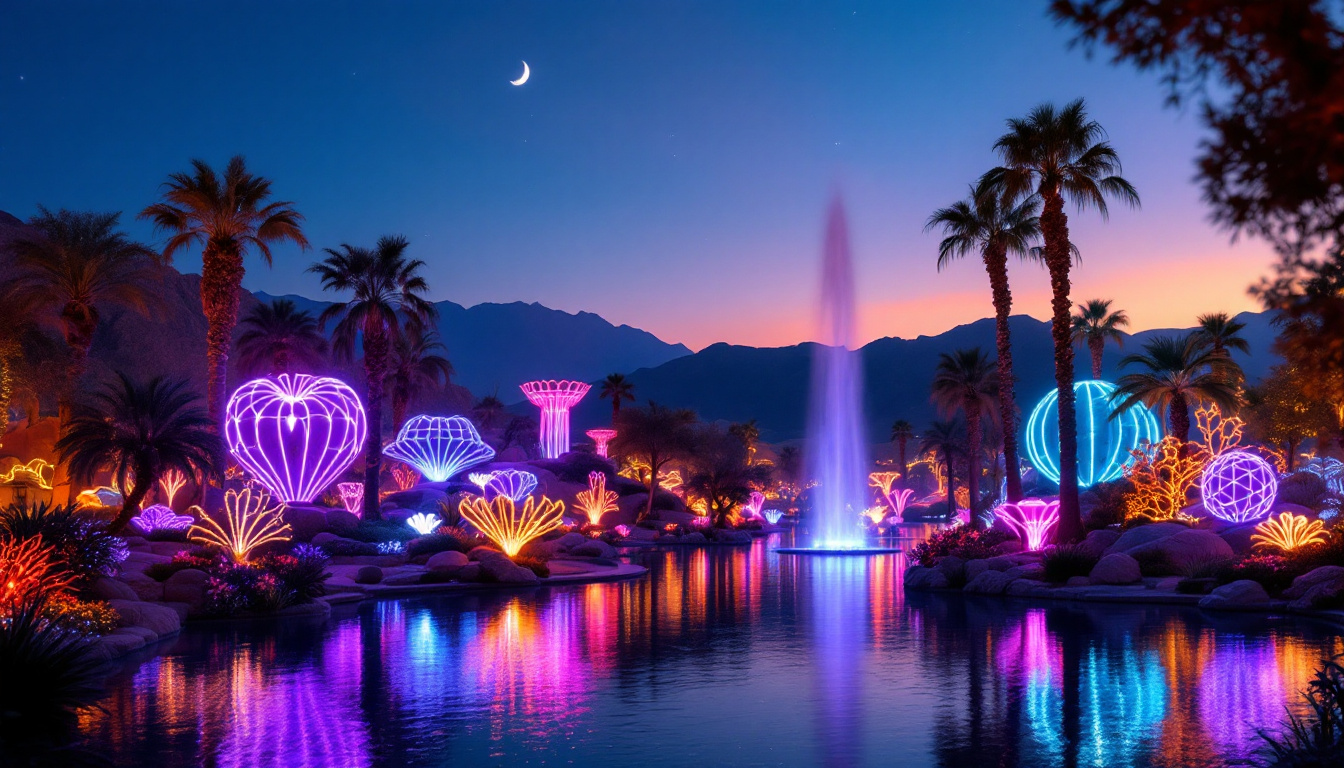How To Project An Image On The Wall: LED Display Explained
In today’s digital age, projecting images onto walls has become a popular way to enhance presentations, create immersive environments, or simply display art. One of the most effective technologies for this purpose is LED display. This article explores how LED displays work, their advantages, and the various methods to project images onto walls using this technology.
Understanding LED Displays
LED displays, or Light Emitting Diode displays, are a type of flat panel display that uses LEDs as pixels for visual output. They are widely used in various applications, from large outdoor billboards to small screens in smartphones. The technology behind LED displays allows for vibrant colors, high brightness, and energy efficiency, making them an ideal choice for projecting images in various settings. The versatility of LED displays has revolutionized the way we consume media, enhancing experiences in everything from advertising to gaming.
How LED Displays Work
At the core of LED display technology is the LED itself, which emits light when an electric current passes through it. These diodes are arranged in a grid to form pixels. Each pixel can be controlled individually, allowing for the display of different colors and images. The combination of red, green, and blue (RGB) LEDs creates a full spectrum of colors, which can be adjusted to produce the desired image. This pixel-level control is crucial for creating dynamic visuals, enabling everything from crisp text to intricate animations.
LED displays can be either direct-view or rear-projected. Direct-view LED displays are composed of individual LED modules that are visible from the front, while rear-projected displays use a light source to project images onto a screen from behind. Both types have their unique advantages and applications. For instance, direct-view displays are often favored for their brightness and visibility in outdoor environments, while rear-projected displays can be more space-efficient and are often used in environments where a sleek design is necessary.
Types of LED Displays
There are several types of LED displays, each suited for different applications. Common types include:
- Standard LED Displays: These are commonly used for televisions and monitors, offering high resolution and clarity.
- OLED Displays: Organic LEDs provide better contrast and color accuracy, making them ideal for high-end displays.
- MicroLED Displays: A newer technology that offers even better performance with smaller individual LEDs.
Each of these types has its own strengths, and the choice of which to use will depend on the specific needs of the projection. For example, OLED displays are particularly popular in the film and photography industries due to their ability to reproduce deep blacks and vibrant colors, which are essential for visual storytelling. Meanwhile, MicroLED technology is gaining traction in the market for its potential to combine the best features of both OLED and traditional LED displays, promising higher brightness levels and improved longevity without the risk of burn-in that can affect OLED screens.
Moreover, the development of flexible LED displays is pushing the boundaries of how we think about screen design. These displays can be curved or shaped to fit unconventional spaces, opening up new possibilities for creative installations in art, architecture, and advertising. As technology continues to evolve, the applications for LED displays are likely to expand even further, integrating seamlessly into our daily lives and environments.
Advantages of Using LED Displays for Projections
LED displays offer numerous advantages that make them an excellent choice for projecting images onto walls. Understanding these benefits can help in making an informed decision for any project.
High Brightness and Clarity
One of the standout features of LED displays is their high brightness levels. This makes them suitable for both indoor and outdoor use, as they can easily overcome ambient light conditions. The clarity of the images projected is also exceptional, with sharp details and vibrant colors that can captivate an audience.
Energy Efficiency
LED technology is known for its energy efficiency. Compared to traditional projection methods, LED displays consume significantly less power while providing superior brightness and color accuracy. This not only reduces electricity costs but also contributes to a more sustainable approach to visual displays.
Longevity and Durability
LED displays have a long lifespan, often lasting tens of thousands of hours before requiring replacement. This durability makes them a cost-effective solution over time, as they require less frequent maintenance and replacement compared to other display technologies.
Methods of Projecting Images Using LED Displays
Projecting images onto walls using LED displays can be achieved through various methods. Understanding these methods can help in selecting the right approach for specific needs.
Using LED Projectors
LED projectors are a popular choice for projecting images onto walls. These devices utilize LED technology to project high-quality images onto a surface. They are available in various sizes and resolutions, making them suitable for different applications, from home theaters to business presentations.
LED projectors are portable and easy to set up, making them an excellent choice for temporary installations. Many models come equipped with features such as wireless connectivity, allowing users to stream content directly from their devices.
LED Video Walls
For larger installations, LED video walls offer a stunning visual experience. These walls are composed of multiple LED panels that work together to create a seamless image. They are commonly used in venues such as concert halls, stadiums, and corporate environments.
LED video walls can be customized in size and shape, allowing for creative displays that can adapt to various environments. The modular nature of these systems also makes them easy to maintain and upgrade as technology evolves.
Smart LED Displays
Smart LED displays combine traditional LED technology with advanced features such as touch interactivity and internet connectivity. These displays can be used for a variety of applications, including digital signage and interactive presentations.
With smart LED displays, users can easily update content remotely, making them ideal for businesses that need to change information frequently. The interactivity offered by these displays can also enhance audience engagement, making presentations more dynamic and effective.
Setting Up an LED Display for Projection
Setting up an LED display for projecting images onto a wall requires careful planning and execution. The following steps outline the process to ensure optimal results.
Choosing the Right Location
The first step in setting up an LED display is selecting the appropriate location for projection. Factors to consider include ambient light, wall texture, and the distance from the display to the wall. Ideally, the wall should be smooth and light-colored to enhance image clarity.
Additionally, the area should be free from obstructions that could interfere with the projection. If using a projector, ensure that there is enough space for the projector to be positioned at the correct distance for optimal image size and focus.
Installing the Display
Once the location is determined, the next step is to install the LED display or projector. For LED projectors, this typically involves mounting the projector securely and connecting it to a power source and any necessary input devices.
For LED video walls, installation may require professional assistance, as it involves mounting multiple panels and ensuring they are aligned correctly. Proper calibration is essential to ensure a seamless image across the entire display.
Configuring the Settings
After installation, configuring the settings of the LED display is crucial for achieving the best image quality. This includes adjusting brightness, contrast, and color settings to suit the environment and the content being displayed.
For projectors, focusing the image and adjusting the keystone settings can help eliminate distortion. It’s also important to test the display with various content types to ensure it performs well across different scenarios.
Best Practices for Image Projection
To maximize the effectiveness of image projection using LED displays, certain best practices should be followed. These practices can help enhance the overall viewing experience and ensure that the content is presented in the best possible light.
Content Optimization
When projecting images, the quality of the content is paramount. High-resolution images and videos should be used to prevent pixelation and ensure clarity. Additionally, using contrasting colors can help the projected image stand out against the background.
It’s also advisable to consider the aspect ratio of the content being displayed. Ensuring that the content matches the display’s aspect ratio will prevent distortion and provide a more professional appearance.
Regular Maintenance
Regular maintenance of LED displays is essential for longevity and optimal performance. This includes cleaning the screens, checking connections, and ensuring that software is up to date. For LED projectors, replacing filters and lamps as needed can help maintain image quality.
Implementing a maintenance schedule can help identify potential issues before they become significant problems, ensuring that the display remains in good working condition.
Audience Engagement
Engaging the audience is crucial when projecting images. Utilizing interactive elements, such as touch screens or audience participation, can enhance the overall experience. Additionally, varying the content and presentation style can keep the audience interested and attentive.
Incorporating multimedia elements, such as sound and video, can also elevate the impact of the projected images, making the presentation more memorable.
Conclusion
Projecting images onto walls using LED displays offers a versatile and effective solution for various applications. With their high brightness, energy efficiency, and durability, LED displays are an excellent choice for anyone looking to enhance their presentations or create immersive environments.
By understanding the technology behind LED displays, the advantages they offer, and the best practices for setting them up, individuals and businesses can make informed decisions that lead to successful image projection. Whether using LED projectors for a temporary setup or investing in a permanent LED video wall, the possibilities are endless.
As technology continues to evolve, staying informed about the latest advancements in LED display technology will ensure that users can take full advantage of this dynamic and engaging medium.
Discover LumenMatrix LED Display Solutions
Ready to take your visual presentations to the next level? Explore LumenMatrix’s comprehensive range of LED display solutions tailored to your needs. From vibrant Indoor and Outdoor LED Wall Displays to innovative options like Vehicle LED Displays, LED Posters, and even Custom LED solutions, LumenMatrix is at the forefront of enhancing brand visibility and audience engagement. Experience the future of visual communication with our All-in-One and Transparent LED Displays, designed to make your message resonate with clarity and impact. Check out LumenMatrix LED Display Solutions today and transform your space into an immersive visual experience.

